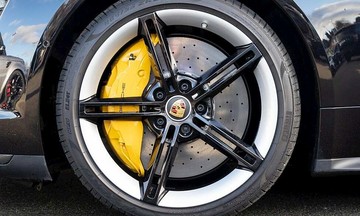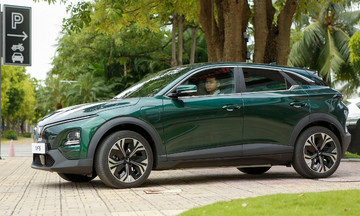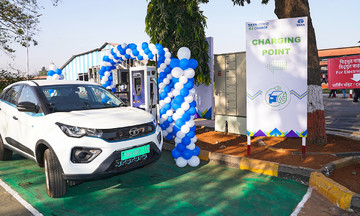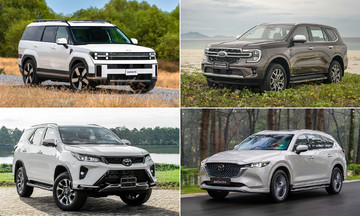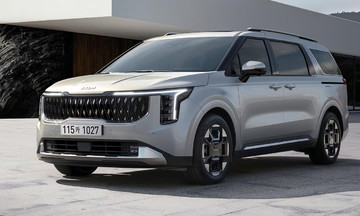Toyota's journey in Vietnam began three decades ago, marking the establishment of the modern Vietnamese automotive industry. The world's largest car manufacturer established a joint venture and built a factory in the former Vinh Phuc province at a time when the domestic car market was virtually non-existent. Cars were a luxury for most Vietnamese people in the early 1990s.
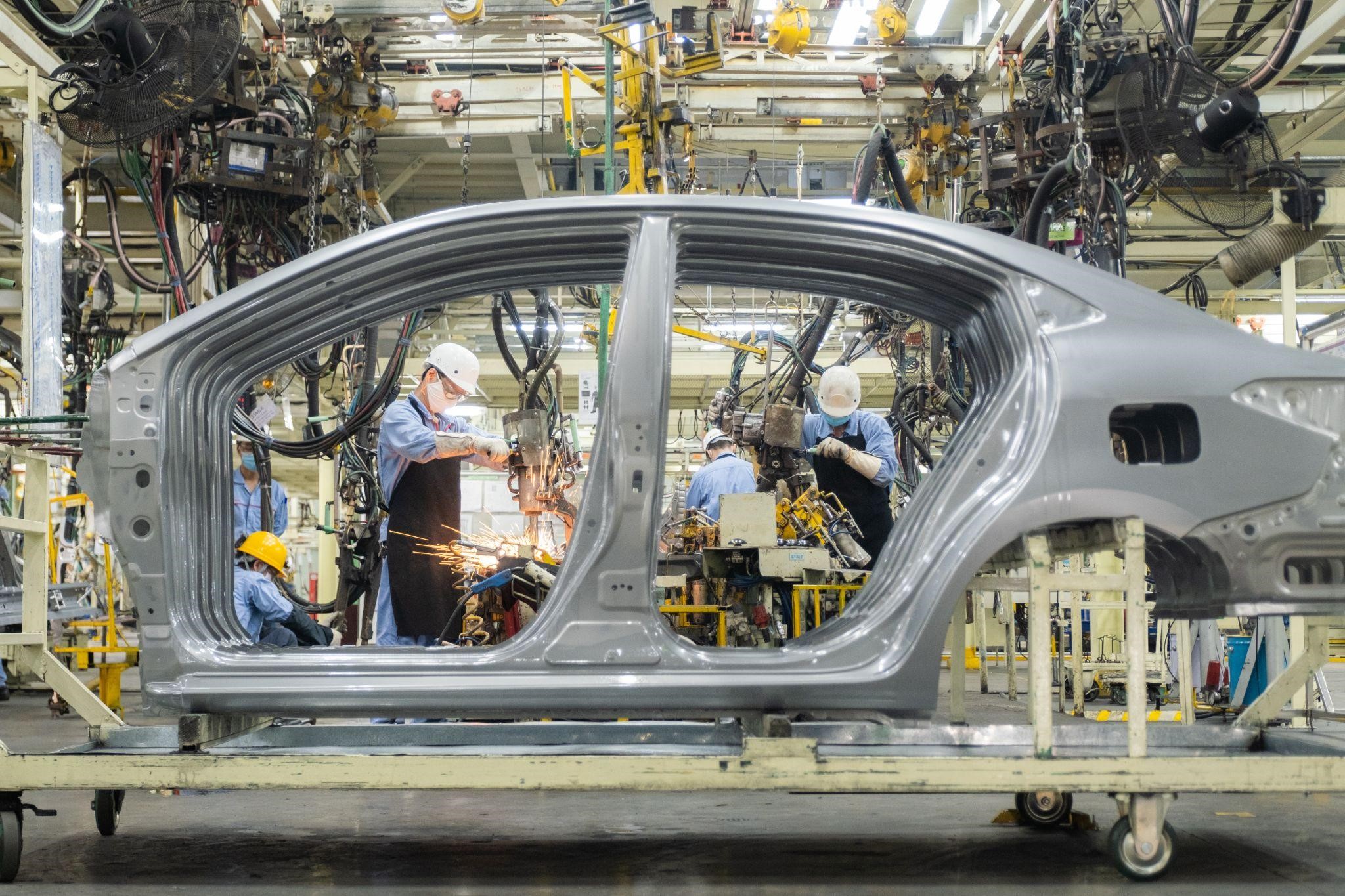 |
Vietnamese workers on a production line at the Toyota Vietnam factory. Photo: TMV |
Vietnamese workers on a production line at the Toyota Vietnam factory. Photo: TMV
Starting with 11 employees when granted a business license in Vietnam, Toyota began factory construction a year later, gradually producing its first models. The first vehicle, a Hiace, rolled off the production line in August 1996, with an initial output of only two vehicles per day. This MPV quickly dominated the commercial vehicle market in Vietnam. Following the Hiace, Toyota introduced global models like the Corolla Altis (1997), Camry (1998), Zace (1999), and Vios (2003). These names are familiar to Vietnamese people, associated with many memories, and most are still successfully sold by the Japanese automaker today.
The Vietnamese market in those early years favored simple, fuel-efficient, and durable vehicles. Toyota incorporated these elements into its product lines, establishing the brand's core values. Trinh Xuan Thai (Long Bien, Hanoi), who has owned a Corolla Altis for over 10 years, said his car has traveled over 100,000 km, frequently used for business trips. "The car is durable, reliable, and easy to use. I've been attached to it for over 10 years now, and only once needed to replace the alternator bearing at an authorized dealer. Other than that, the car only requires regular maintenance every 5,000 km," he said, adding that showrooms have frequently offered to buy back his Corolla Altis, but he hasn't agreed to sell. "If I change cars, my family and I will continue to choose Toyota because it's a major brand with low operating costs and good resale value."
These values have cultivated a loyal customer base for Toyota. Stories of Innova, Fortuner, and Vios vehicles clocking hundreds of thousands of kilometers are common in Vietnam. Even older models like the Cressida, Crown, Camry, and Avalon are still sought after in the used car market.
Soon after establishing its joint venture and factory, Toyota Vietnam began building its distribution network to bring its vehicles closer to consumers. Most of the company's dealerships are Vietnamese businesses.
 |
Every Toyota sales consultant embodies the Omotenashi spirit as part of the dealership's customer service culture. Photo: TMV |
Every Toyota sales consultant embodies the Omotenashi spirit as part of the dealership's customer service culture. Photo: TMV
"I've always loved cars, so in 1992, I opened a showroom selling imported Toyota vehicles in Ho Chi Minh City," said Bui Canh Hung, Chairman of the Board of Directors of Toyota Dong Sai Gon, one of Toyota Vietnam's first dealerships. "In Vietnam, when you think of cars, you think of Toyota, so I persuaded the company to let me open the first authorized dealership in 1996. To this day, we continue to expand our distribution, service, and maintenance network with Toyota Vietnam."
To serve Vietnamese customers according to global standards, Toyota Vietnam has worked closely with its dealerships since its inception. Leading Toyota experts have trained Vietnamese personnel, from sales consultants to service advisors and technicians. Nguyen Doan Dung, Chairman of the Board of Directors of IDMC Investment Management and Development JSC, a Toyota Vietnam distributor, said that since 1998, he and his company have worked with numerous Japanese Toyota experts and engineers who transferred technology and supported the dealership's development. "Almost everything we have achieved has come from Toyota Vietnam. In 2004, the company allowed us to establish Toyota My Dinh (Hanoi), which remains one of the leading reputable dealerships today," Dung said. "Throughout this process, we have learned a great deal, especially in training and human resource development."
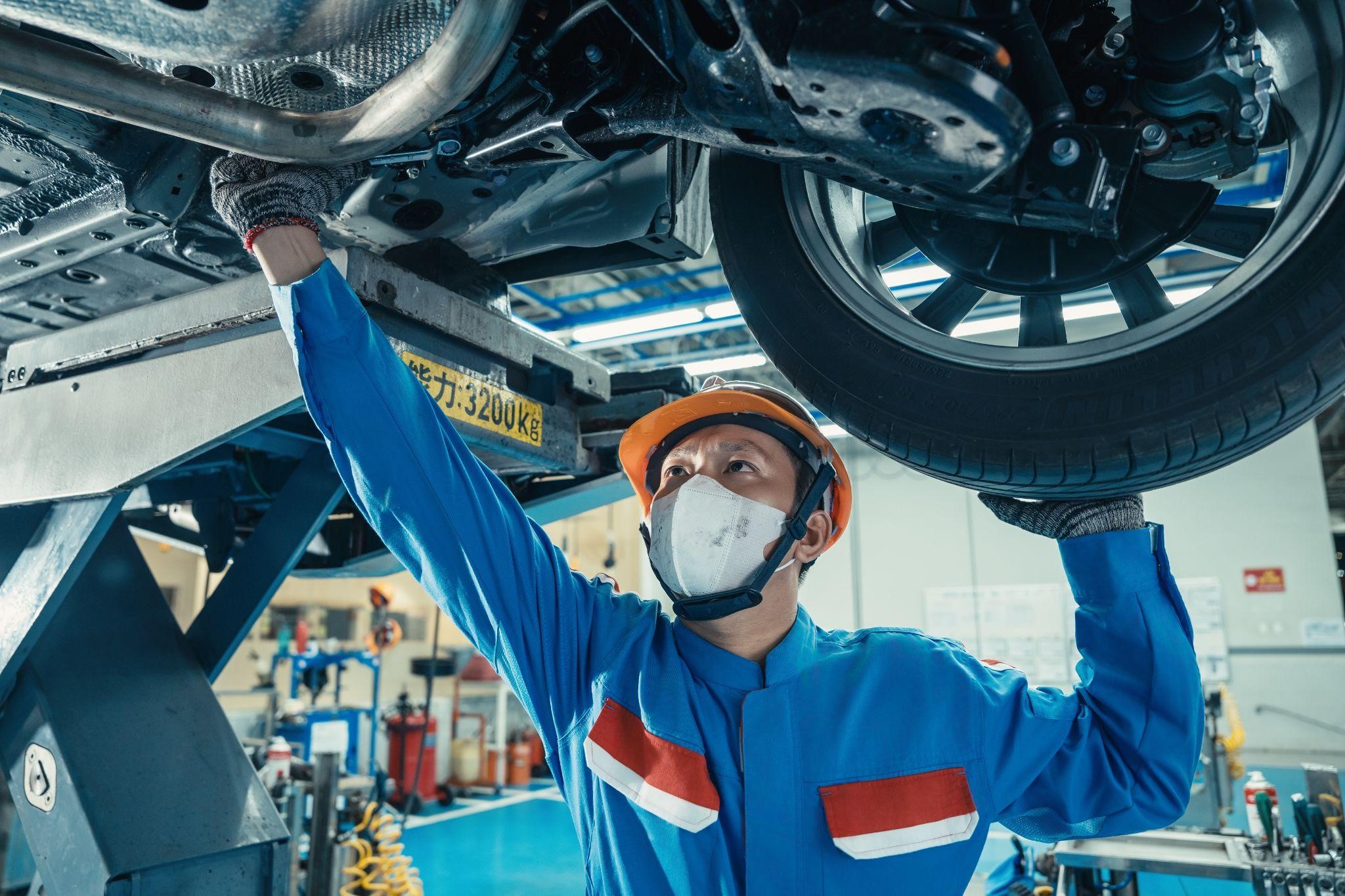 |
A technician at a Toyota dealership. Photo: TMV |
A technician at a Toyota dealership. Photo: TMV
Toyota now has one of the largest distribution networks in Vietnam. By the end of June 2025, the Japanese company had 86 dealerships and authorized service stations nationwide. Leading up to its 30th anniversary, the company's dealer network reached the milestone of 20 million service visits and became the first brand in the Vietnamese market to achieve one million cumulative vehicle sales.
Alongside its business operations, Toyota Vietnam aims to be "a good corporate citizen" with contributions in various areas: traffic safety, education, human resource development, environmental protection, and culture and society. To date, Toyota's total contribution to social responsibility activities has reached over 31 million USD.
The past 30 years have witnessed Toyota's journey in creating vehicle models and mobility solutions suited to the needs of most Vietnamese people. The Japanese automaker is rejuvenating its product range with updated designs and advanced technologies such as the Toyota New Global Architecture (TNGA) platform, Toyota Safety Sense, and hybrid engines. Hybrid technology is seen as a suitable emissions reduction solution for Vietnam, aligning with the country's multi-faceted approach towards a greener future. By the end of June, over 17,000 Toyota hybrid vehicles had been delivered to customers.
"Amidst a wide range of choices in the market, most Vietnamese customers still favor Japanese car brands. This trust doesn't stem from flashy advertising campaigns, but from the millions of quiet journeys the company has continuously nurtured over the past three decades," observed an industry expert.
Quang Anh







